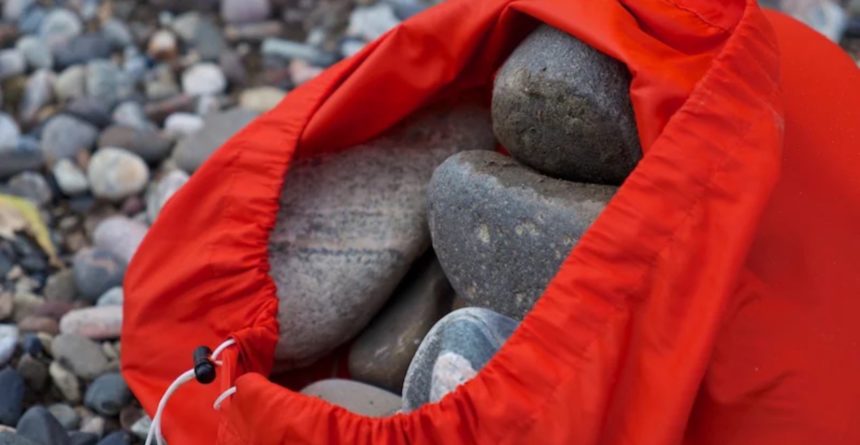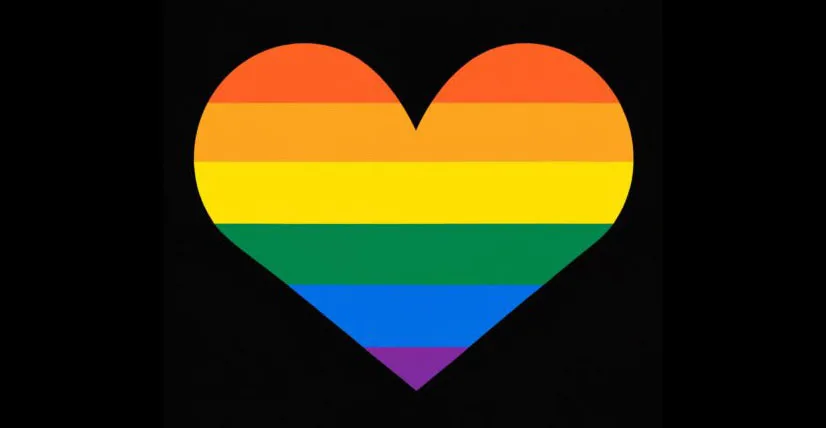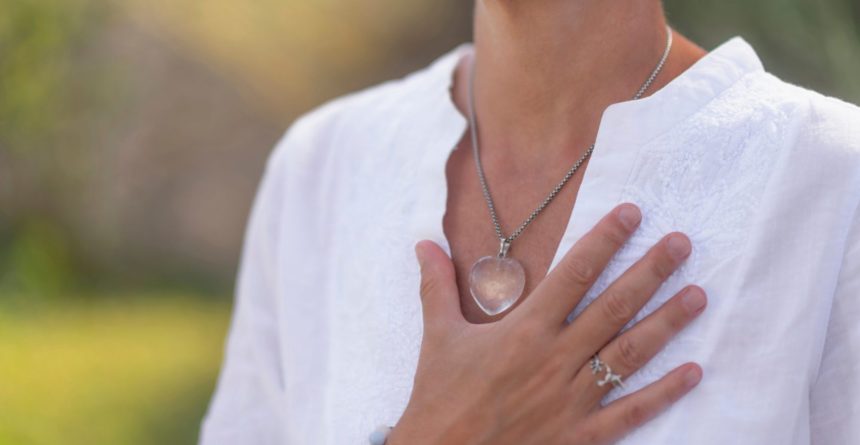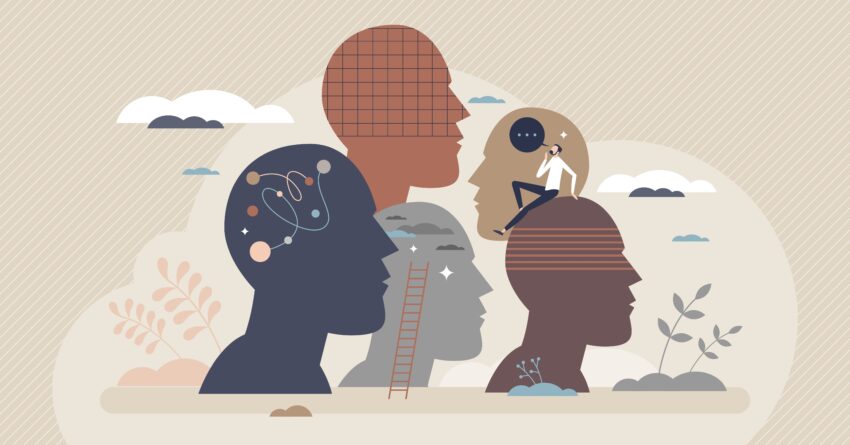
Everyone carries stress. We, collectively, carry and accumulate stress from our family/friend relationships, professional environments , internal pressures, and countless other avenues. Sometimes we are aware of where the stressor comes from, but often we have no idea. Known and unknown sources of stress equally affect the physical body and mental space of humans.
The daily and historic accumulated stress that a person carries is called the allostatic load. Think of it as a backpack that you carry around with you everywhere. Everyday your backpack is filled with little grains of sand, medium size pebbles, large rocks, and jumbo sized boulders. Sometimes we do not notice the gains of sand or the smaller rocks, but they always have an effect on the overall weight of the backpack.
The United States has treated the BIPOC and LGBTQ+ communities unequally to their White counterparts. Historically White males have held the majority of American societal power and still do today. Over the last 60 years there has been a shift in narrative learning towards “equality among all people”, but many of the negative stereotypes, assumptions, and inability to access necessary survival tools still remain. These everyday barriers are seen as societal norms and often go overlooked as major contributors to the increase of one’s allostatic load. Because of these daily experienced microaggressions, microassaults, and overt attacks, members of the BIPOC and LGBTQ+ community, on average, will carry a heavier load than those within the White population.
So, as a person of the BIPOC and/or LGBTQ+ community, how can we work on reducing our allostatic load? Or how, as a person within the White community, actively identify and engage in harm reduction by way of therapy? Let’s explore some of the issues therapy can address.
If this is a societal norm, how is it harming me or others? Realization of issue.
Racial microaggressions are brief and commonplace daily verbal, behavioral, or environmental indignities, whether intentional or unintentional, that communicate hostile, derogatory, or negative racial slights and insults toward people of color (Sue et al., 2007). Some common occurrences may look like questioning a BIPOC on their profession or level of education based on the color of their skin, assuming a BIPOC is violent or dangerous, assuming a BIPOC is good at sports or a talented singer based on the color of their skin, or misgendering a person. Whether or not these are seemingly positive, negative, or neutral thoughts; these assumptions perpetuate a stereotype and strip a group of people of their individuality and keep them at a marginalized class within society.
Ok, I understand what it looks like. What next?
For Members of the White Community
If you are a white person the next step is to explore how/if the marginalization of othered groups of people affects you. This process may be long and difficult or short and easy.
If you find that this issue affects you deep enough that you wish to make a change, the process of change is a lifetime of work. Below I have made a short list of the self check-ins that can be addressed.
Check In with Yourself
- Immediate reactions:
Maybe you had a knee jerk thought or reaction to someone or something. Notice the way you are feeling. Be in the “ here and now”. Take the time to experience your reaction and try to not brush it away or pretend like you did not feel that way.
- Exploration:
Let’s think about where these thoughts or actions are coming from. Is this something that we were taught? Did we have an experience to make us feel a certain way, then apply it to an entire group? What is the feeling we are experiencing that comes along with the reaction? Scared? Sad? Empowered?
- Change:
What would the ideal reaction be? How can I have experienced the situation differently? Remember, change takes time and practice. It is ok to have a bump on our journey of change but it is important to be consistent to see a difference.
For Members of the BIPOC and/or LGBTQ+ community
If you are a member of BIPOC and/or LGBTQ+ community, healing from the daily experienced trauma of being marginalized and decreasing your allostatic load is also a lifetime journey. Every part of the self is affected by stress, so, in therapy, every part will be addressed. As members of BIPOC and/or LGBTQ+ community we have been told, historically, that self care is for White people (Walker, 2020). This is untrue. Self care is for humans to operate at their peak. Without self-care you will be more prone to burn out and will not be able to function at your peak. With self care in mind, let’s go over some parts of the self that need care.
SELF CARE
Emotional self:
- Being heard and understood is essential to healing. We might not always be heard or understood in our work environments or family/friend/romantic relationships.
Physical self
- Stress may affect your sleep/wake cycle. In addition to the sleep/wake cycle; accumulation of stress may have an affect on our physical health. Having a good healthy eating and exercising plan with someone who shares in accountabilities can make a world of difference.
My objective for my clients is to rewrite the narrative that has been deeply ingrained in us by our society. Taking the first step into healing from a trauma experienced everyday and building resilience skills that may be transferable to almost every area of life is something I wholeheartedly believe in. If you feel that you are ready to take your first step into your healing journey, contact us at Steady NYC.
References
Sue, D., Capodilupo, C., Trino, G., Bucceri, J., Holder, A., Nadal, N., & Esquilin, M. Racial microaggression in everyday life. American Psychologist Journal, 62(4), 271-286.


